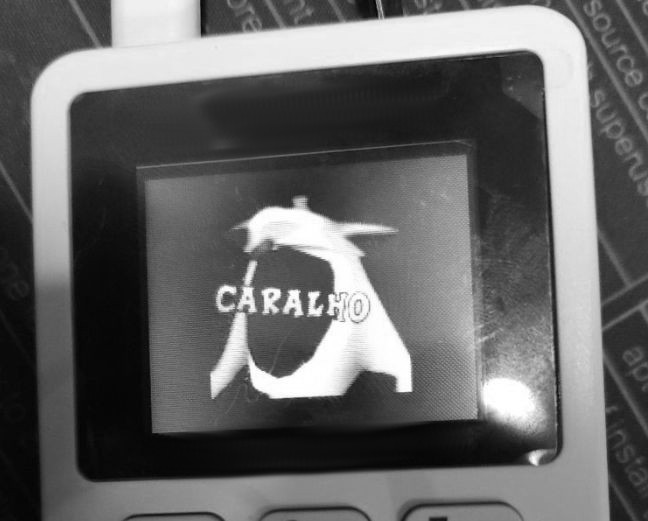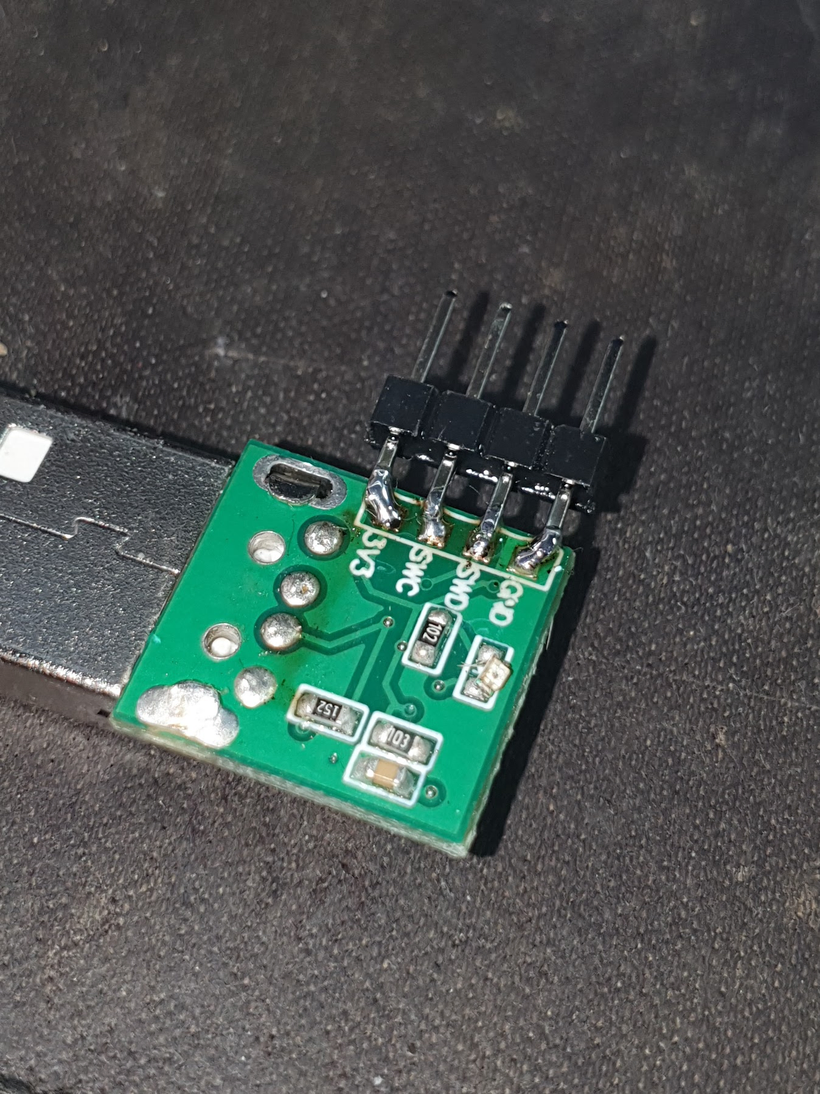
Running code in a PAX Credit Card Payment Machine (part1)

Disclaimer All procedures described here were done with public available stuff - No security flaws were actually explored here to get code execution. The processor swap technique does not bypass the tamper protections neither allow a fake machine to actually emit payments. Brazilian credit card payment machines usually are in state of the art regarding security measures. I remember once a Elavon employee told me that Brazil got all the first releases of payment machines and systems. When asked why, he said: frauds in Brazil are sophisticated enough, that if the system is secure enough to Brazil, it works for...
TPM 2.0: Extracting Bitlocker keys through SPI

The TPM 2.0, also known as Trusted Platform Module 2.0, is a hardware security feature embedded in many modern computers. Its purpose is to provide a secure way to store cryptographic keys and other sensitive data, such as passwords and digital certificates, aiming to protect against various security threats, including unauthorized access to a computer’s hardware and software. TPM 2.0 represents an evolution of the original TPM specification, developed by the Trusted Computing Group (TCG), and features additional capabilities and resources, such as support for additional cryptographic algorithms and the ability to store larger amounts of data. Good Things Currently,...
NAND Flash Memory Analysis and Decoding - Unveiling ECC Scattering in Unknown Devices
Exploring NAND Memories When in possession of a device whose internals one wishes to understand, accessing the content of the flash memory is not always straightforward. Due to the nature of NAND memories, an error correction algorithm is applied to all content, which can cause unintentional obfuscation of the content. Some manufacturers of processors that directly control NAND-type memories or developers of “protected” software choose to customize the way these algorithms function. In this article, we will explore the basic structure of flash memory, why error correction exists, and how to identify the scattering of the error correction algorithm used....
STM32F0x Protected Firmware Dumper

In the process of my hobby hardware hacking, I encountered a Chinese clone of a HASP HL dongle equipped with a STM32F042G6U6 processor. My intention was to clone it, and during my exploration, I discovered four pins from the SWD debug interface located at the bottom of the PCB. I soldered a 4-pin header to these pins for ease of access. Utilizing my Segger J-Link as a debug probe, although any JTAG adapter should suffice, I paired it with OpenOCD. Given that the chipset is recognized by OpenOCD, I crafted a script to extract all possible data, conditional upon enablement....
Antenna Rotor - Part 2
Continuing the tracker project, I managed to make some significant progress. As Demilson (PY2UEP) had cut the original motors, I did the same. The azimuth motor was too rusted and I eventually destroyed one of the coils (which I wanted to salvage the wire), but in the end the shaft went out. After removing the shaft, I broke the magnet with a hammer until there was any piece left. That way, the only thing that would be left there is the shaft and the hexagon magnet support. Motor shaft showing the hexagon support For the elevation motor, I made a...